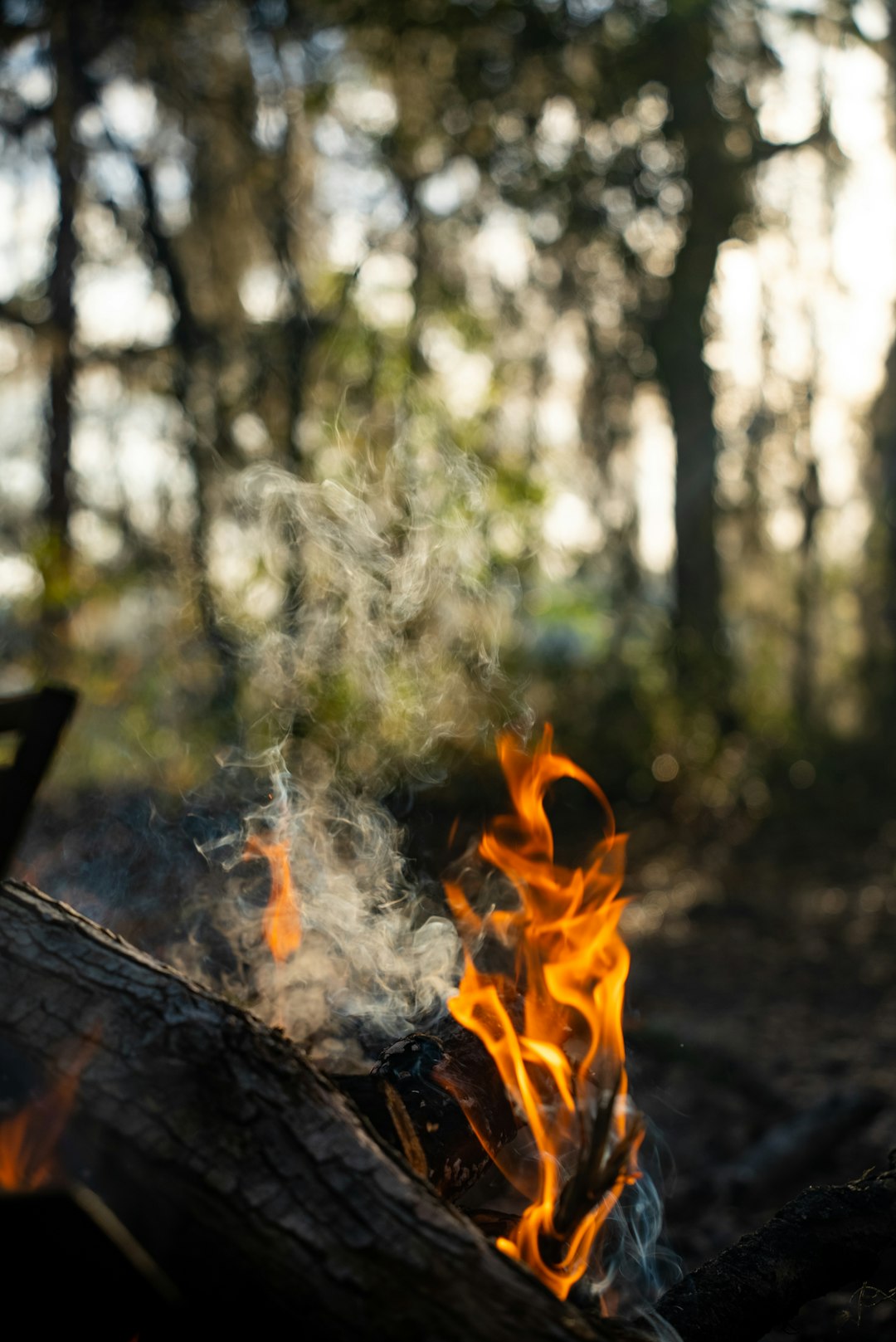The Enchanting World of Annuals Duranta in Gardening

Annuals Duranta, commonly known as golden dewdrop, is a remarkable addition to any garden. This fast - growing tropical shrub brings a touch of the exotic with its beautiful blooms and fantastic foliage. In this article, we will explore the many aspects of Annuals Duranta, from its characteristics to its care requirements and its role in flower gardening.
### Characteristics of Annuals Duranta
One of the most striking features of Annuals Duranta is its vibrant flowers. The blooms are typically a lovely shade of blue or purple, although there are also varieties with white or pink flowers. These flowers are small but numerous, clustering together in long, arching panicles that can reach up to several inches in length. The sight of a fully - blooming Annuals Duranta is truly a feast for the eyes, attracting butterflies and hummingbirds with its sweet nectar.
The foliage of Annuals Duranta is equally impressive. The leaves are oval - shaped, with a smooth texture and a rich green color. Some varieties have variegated leaves, adding an extra layer of visual interest. The leaves are arranged alternately on the stems, creating a lush and full appearance. As the plant grows, it forms a dense, bushy shape that can be used as a hedge, a border plant, or a focal point in a garden bed.
### Growth and Habitat
Annuals Duranta is native to tropical regions of the Americas, where it thrives in warm, humid climates. It is a sun - loving plant that requires at least six hours of direct sunlight per day to grow and bloom properly. However, it can also tolerate partial shade, especially in areas with very hot summers. This makes it a versatile plant that can be grown in a variety of garden settings.
In terms of soil, Annuals Duranta prefers well - drained soil that is rich in organic matter. It can tolerate a wide range of soil pH levels, from slightly acidic to slightly alkaline. When planting Annuals Duranta, it is important to dig a hole that is twice as wide and just as deep as the root ball. This will give the roots plenty of room to spread out and establish themselves.
### Care and Maintenance
Watering is an important aspect of caring for Annuals Duranta. During the growing season, the plant should be watered regularly to keep the soil evenly moist. However, it is important not to overwater, as this can lead to root rot. In the winter, when the plant is dormant, watering can be reduced.
Fertilizing is also crucial for the health and growth of Annuals Duranta. A balanced, slow - release fertilizer can be applied in the spring and summer to provide the plant with the nutrients it needs. It is important to follow the instructions on the fertilizer package to avoid over - fertilizing, which can damage the plant.
Pruning is another important part of Annuals Duranta care. Regular pruning can help to maintain the shape of the plant and encourage new growth. It is best to prune Annuals Duranta in the late winter or early spring, before new growth begins. Dead or damaged branches should be removed, as well as any branches that are crossing or rubbing against each other.
### Propagation
Annuals Duranta can be propagated through several methods, including seeds, cuttings, and layering. Propagating from seeds is relatively easy, but it can take longer for the plant to reach maturity. To propagate from seeds, simply collect the seeds from the plant after the flowers have faded and plant them in a seed - starting mix. Keep the soil moist and warm, and the seeds should germinate within a few weeks.
Propagating from cuttings is a faster way to get a new plant. Take a 4 - to 6 - inch cutting from a healthy branch of the plant, remove the lower leaves, and dip the cut end in rooting hormone. Plant the cutting in a pot filled with a well - drained potting mix and keep it in a warm, humid place. The cutting should root within a few weeks.
Layering is another method of propagation that can be used for Annuals Duranta. This involves bending a low - growing branch to the ground and covering a section of it with soil. After a few weeks, roots will form at the point where the branch is in contact with the soil. Once the roots have formed, the new plant can be separated from the parent plant and transplanted to a new location.
### Uses in Gardening
Annuals Duranta has many uses in flower gardening. As mentioned earlier, it can be used as a hedge or a border plant. Its dense growth habit and beautiful flowers make it an excellent choice for creating a privacy screen or defining the edges of a garden bed.
It can also be used as a specimen plant in a garden. When planted alone in a prominent location, Annuals Duranta can become the centerpiece of the garden, drawing attention with its colorful flowers and lush foliage.
In addition, Annuals Duranta can be grown in containers. This is a great option for those who have limited space or want to add a touch of color to a patio or balcony. When growing Annuals Duranta in a container, it is important to choose a large enough pot and use a well - drained potting mix.
In conclusion, Annuals Duranta is a wonderful plant for flower gardening. Its beautiful blooms, fantastic foliage, and easy - care nature make it a popular choice among gardeners. Whether you are a beginner or an experienced gardener, adding Annuals Duranta to your garden is sure to bring joy and beauty for years to come.